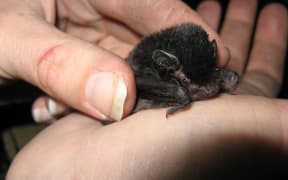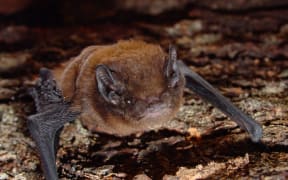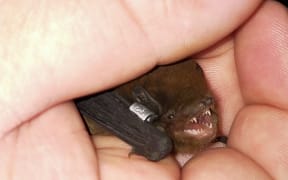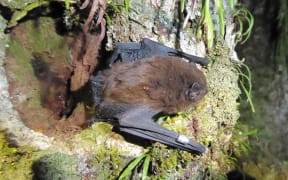
Long-tailed bats, or pekapeka-tou-roa, have been tracked at the Pelorus Bridge Scenic Reserve. Photo: Supplied / Grant Maslowski
After five years, scientists have gained a better understanding of the population of long-tailed bats that live at the Pelorus River, between Nelson and Blenheim.
Now in its fifth year, Te Hoiere Pelorus Bat Recovery Project, led by Forest and Bird, has monitored our smallest mammals during summer, identifying roost sites then trapping, tracking, and banding bats during summer in a bid to monitor their survival.
Nick Eade is one of the team who spent most nights in January tracking the tiny nocturnal creatures across several reserves near Pelorus and Rai Valley.
While long-tailed bats, or pekapeka-tou-roa, have been tracked at the Pelorus Bridge Scenic Reserve, roost sites have also been identified in the Carluke Scenic Reserve, Ronga Recreation Reserve, and Brown River Reserve.
"Over the five years, we've actually alternated between here down at Rai and another population, which is at Pelorus Bridge reserve, which is only 10 kilometres away, but they seem to be relatively separate populations," Eade said.
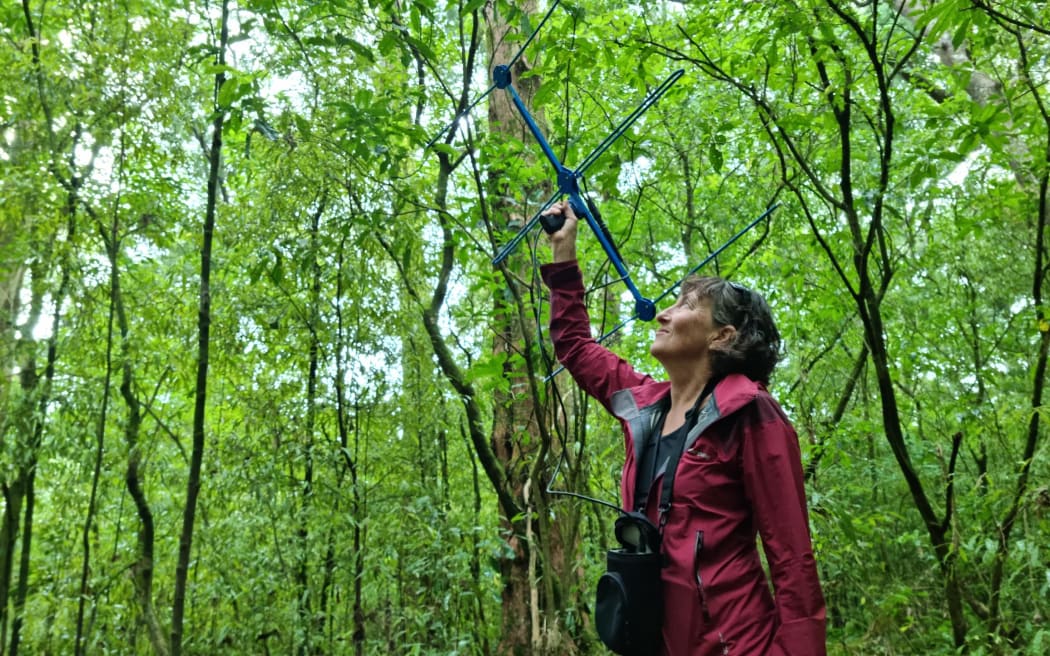
Te Hoiere Pelorus Bat Recovery Project team assistant Nick Eade. Photo: RNZ / Samantha Gee
The small remnant lowland podocarp forests provided excellent habitat for long-tailed bats and the nearby Pelorus River had good feeding opportunities, he said.
"They seem to prefer these little remnant forests and they use them all the time. They probably disperse more over winter and go further afield because they go into torpor and they become less active.
"But in summer, particularly when the females are breeding, they need lots of food and they're busy, roosting up together."
The team identify a roost, trap the bats as they leave at night to feed, attach tiny transmitters to their backs, then track them around the landscape.
Eade said having a high recapture rate allowed them to do more accurate population estimates.
Department of Conservation terrestrial biodiversity unit technical advisor Moira Pryde said the long-tailed bat or pekapeka-tou-roa was a nationally critical species. Once widespread, they were now scattered throughout Aotearoa.
There are only three populations of long-tailed bats on the east coast of the South Island - at Pelorus, Geraldine and in the Caitlins.
The team at Pelorus had identified two colonies, made up of roughly 40 individuals.
"We want to know where those colonies are going, how they're using the landscape and what's the best way to manage them ... you start off managing the actual reserves, but you really want to get a network of predator control around the whole landscape," Pryde said.
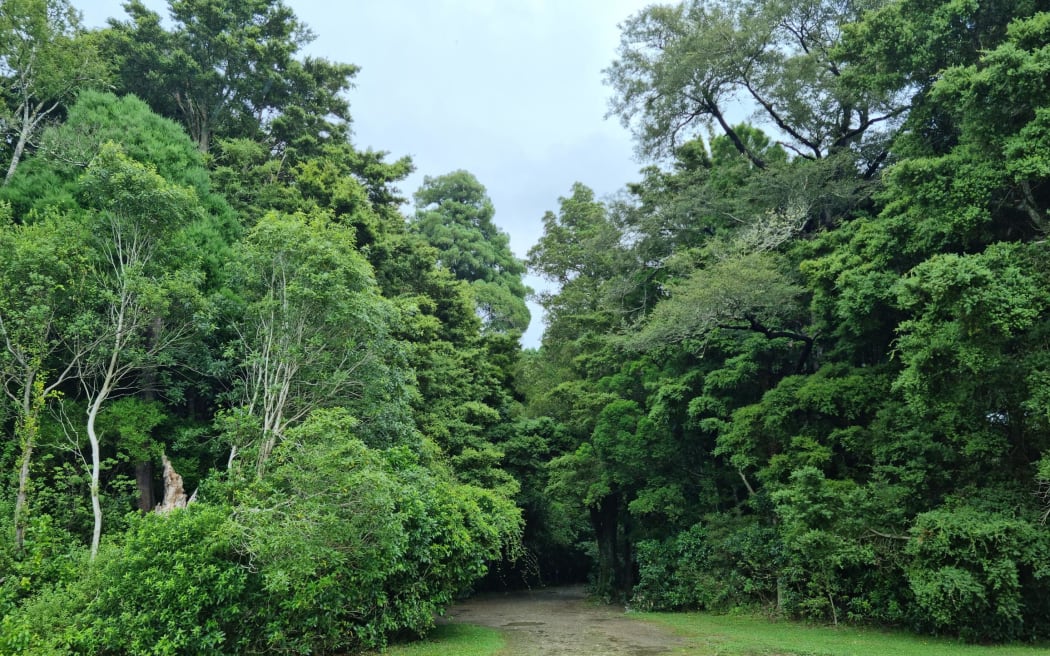
The Carluke Reserve is a small remnant lowland podocarp forest of seven hectares. Photo: RNZ / Samantha Gee
Long-tailed bats were elusive creatures and monitoring them was hard work, she said.
"We're particularly interested in how long tail bats survive in fragmented populations so the bats move out of these small reserves, so they have the forage over a wide area - a long tailed bat can travel 20 kilometres in a night."
The bat monitoring work is part of a broader Te Hoiere/Pelorus catchment project, to improve the health of the river from the source to the sea.
It was set up under the Kotahitanga mō te Taiao Alliance, and programme lead Debs Martin said looking after water quality, forest habitat and dealing with predators were vital in protecting bats.
"We know from surveys that have occurred over the last decade across the top of the South Island that the Pelorus catchment is really key for long-tailed bats. There's obviously a population at Pelorus Bridge, but finding them in remnant pockets and small reserves as well has been really important."

Photo: Supplied / Grant Maslowski
Because bats range widely across different landscapes, people needed to work together across boundaries and organisations in order to protect them.
"We need everybody on board, whether it's school kids through to landowners, to conservation rangers, you know, it's working together that will actually improve outcomes, so for species like pekapeka that range across all of those landscapes, that's really vital," Martin said.
The project has also received Jobs for Nature funding that will support habitat restoration work in Te Hoiere catchment.
For the past decade, there has been a dedicated trapping network in the Pelorus Bridge Scenic Reserve and there are now plans to create trapping networks at the Carluke, Brown River and Ronga reserves to protect the bats that live and roost there.
The project team will undertake an acoustic monitoring programme later this year to gather more information on the bats' distribution.

